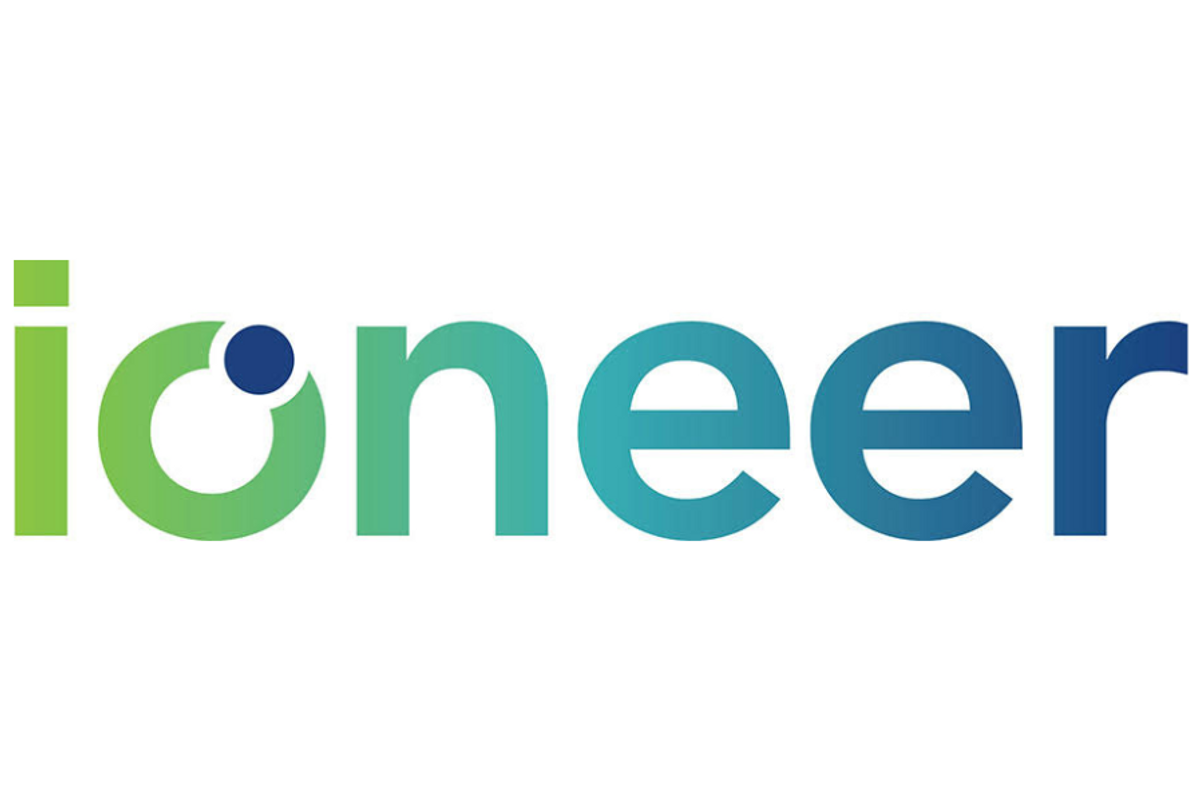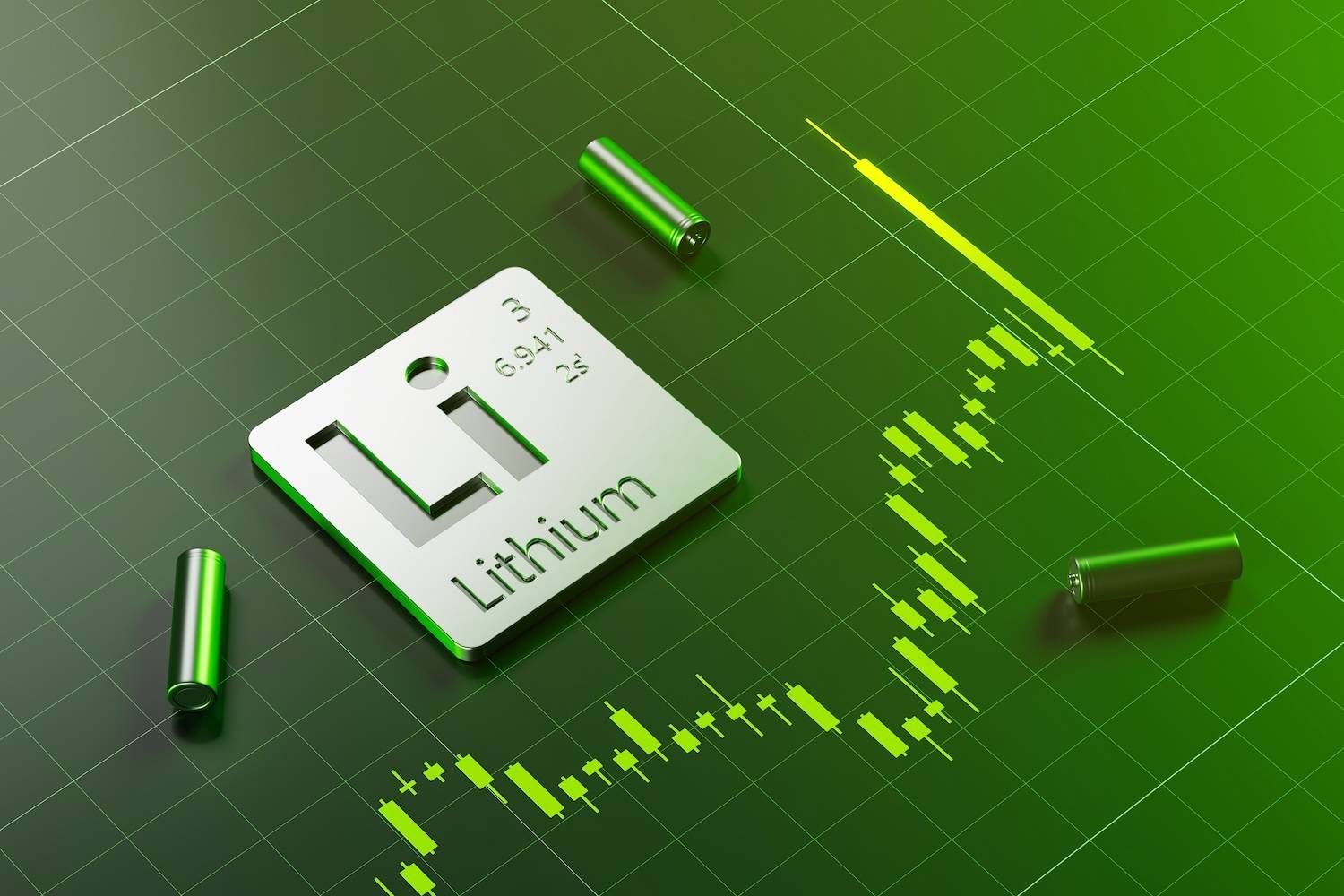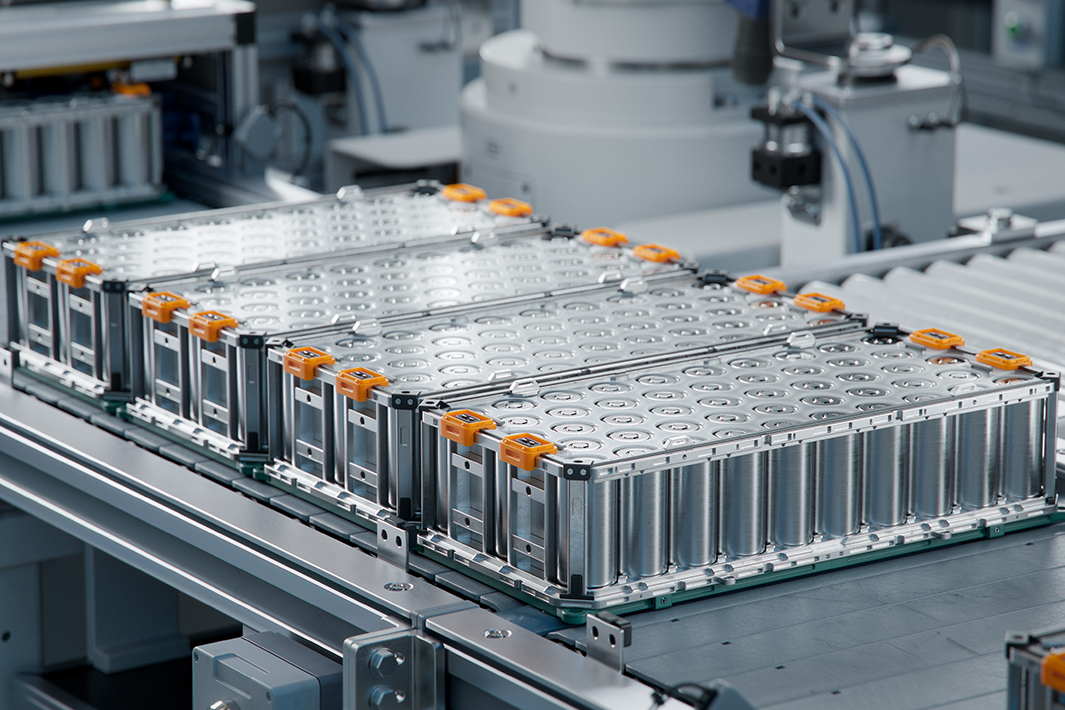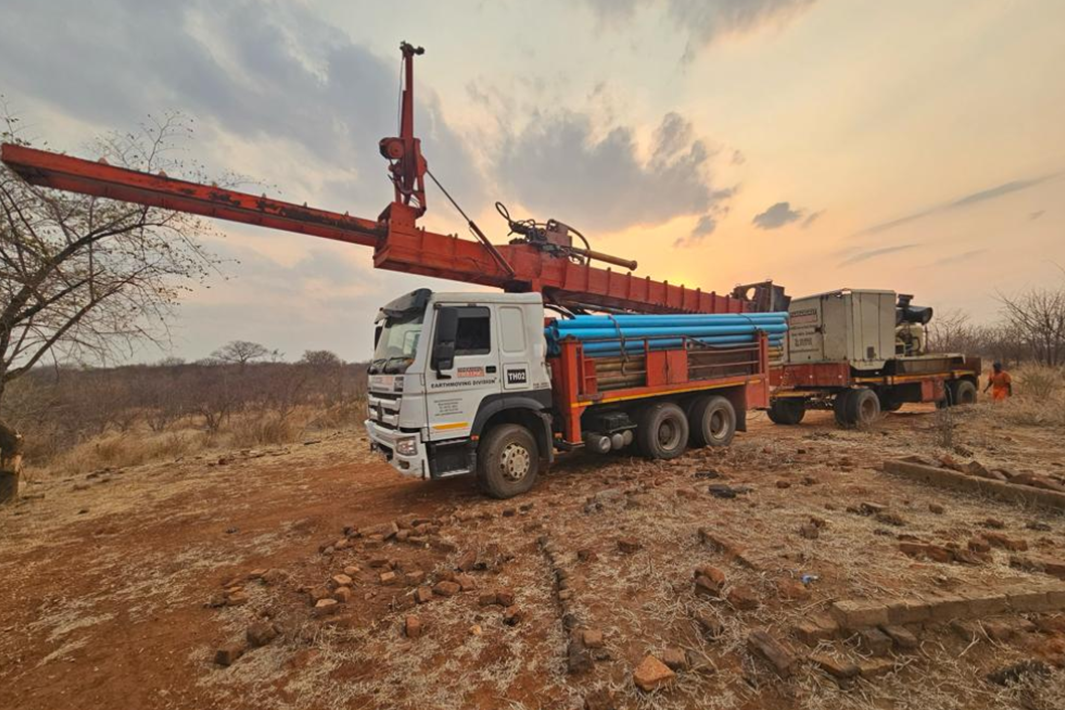
January 18, 2023
ioneer Ltd (ASX:INR, Nasdaq:IONR) received approval for up to $700 million conditional loan from the US Department of Energy to finance the construction of the Rhyolite Ridge Lithium-Boron Project in Nevada, USA.
According to an article published by 2news.com, the loan is the latest indication of the Biden administration's commitment to strengthening the nation's battery supply chain, electrifying the transportation sector and cutting reliance on fossil fuels and foreign supplies of raw materials.
Rhyolite Ridge is the most advanced undeveloped US lithium project with a definitive feasibility study modeled on a 26-year mine life. The project has progressed into the final stage of
federal permitting with the decision by the US Bureau of Land Management (BLM) to publish a Notice of Intent (NOI) in the Federal Register.
The loan from the DOE is contingent on the completion of an environmental impact statement, as Ioneer works to minimize the project’s impact on an endangered Nevada wildflower, Tiehm's buckwheat, which the Fish and Wildlife Service has said is on the brink of extinction, the article said.
To read the full article, click here.
Click here to connect with ioneer Ltd (ASX:INR, Nasdaq:IONR) for an Investor Presentation.

Sign up to get your FREE
55 North Mining Investor Kit
and hear about exciting investment opportunities.
- Corporate info
- Insights
- Growth strategies
- Upcoming projects
GET YOUR FREE INVESTOR KIT
The Conversation (0)
29 December 2025
55 North Mining
High-grade Manitoba gold project with exploration upside and strategic positioning in an active mining district
High-grade Manitoba gold project with exploration upside and strategic positioning in an active mining district Keep Reading...
29 December 2025
SQM, Codelco Seal Landmark Lithium Joint Venture in Salar de Atacama
Sociedad Quimica y Minera (SQM) (NYSE:SQM) and Codelco have finalized their long-awaited partnership, forming a new joint venture that will oversee lithium production in Chile’s Salar de Atacama through 2060.SQM announced on Saturday (December 27) that it has completed its strategic partnership... Keep Reading...
24 December 2025
Altius Minerals to Expand Portfolio with C$520 Million Lithium Royalty Deal
Altius Minerals (TSX:ALS,OTCQX:ATUSF) is making a bet on a lithium market recovery, agreeing to acquire Lithium Royalty (TSX:LIRC) in a C$520 million deal that will expand its exposure to battery metals.Under a definitive agreement announced by the two companies on Monday (December 22), Altius... Keep Reading...
23 December 2025
Liontown's First Tjiwarl Member Completes Apprenticeship at Kathleen Valley
Liontown (ASX:LTR,OTC Pink:LINRF) has reached a milestone at its Kathleen Valley operations, with Vaughan Harris becoming the first Tjiwarl community member to complete an apprenticeship with the company.“Being the first Tjiwarl apprentice to complete an apprenticeship here at Liontown feels... Keep Reading...
22 December 2025
Lithium Market 2025 Year-End Review
The global lithium market endured a bruising 2025, with persistent oversupply and softer-than-expected electric vehicle (EV) demand driving prices for the battery metal to multi-year lows.Lithium carbonate prices in North Asia slipped below US$9,550 per metric ton in February — their weakest... Keep Reading...
11 December 2025
Mining the Gap: 5 Forces Shaping North America’s Lithium Supply Chain
A convergence of industry investments, government initiatives and a shifting global trade dynamic is creating an environment ripe for the development of a North American battery supply chain, with lithium playing a leading role. These trends are reshaping the region’s industrial base and opening... Keep Reading...
10 December 2025
Rock Bottom: Strategic Window for Ground-level Lithium Investment
When lithium prices hit bottom, savvy investors know that’s exactly where the next big discovery begins — literally. Beneath the surface of global markets and remote exploration grounds, new opportunities are forming in the wake of a sharp price reset and renewed geopolitical urgency.Recent... Keep Reading...
Latest News

Sign up to get your FREE
55 North Mining Investor Kit
and hear about exciting investment opportunities.
- Corporate info
- Insights
- Growth strategies
- Upcoming projects
GET YOUR FREE INVESTOR KIT
Interactive Chart
Latest Press Releases
Rio Silver Inc. Completes Securities for Debt Transaction
31 December 2025
Prismo Metals Announces Closing of Private Placement
31 December 2025
Related News
TOP STOCKS
American Battery4.030.24
Aion Therapeutic0.10-0.01
Cybin Corp2.140.00






